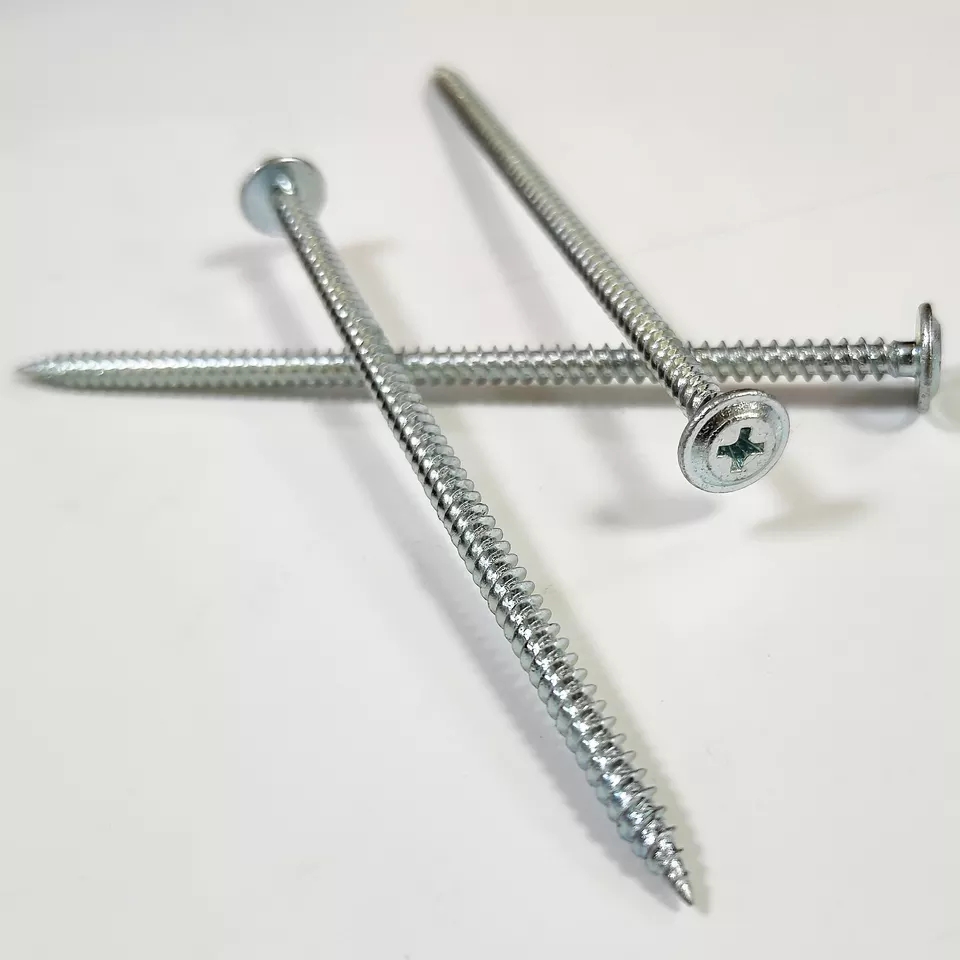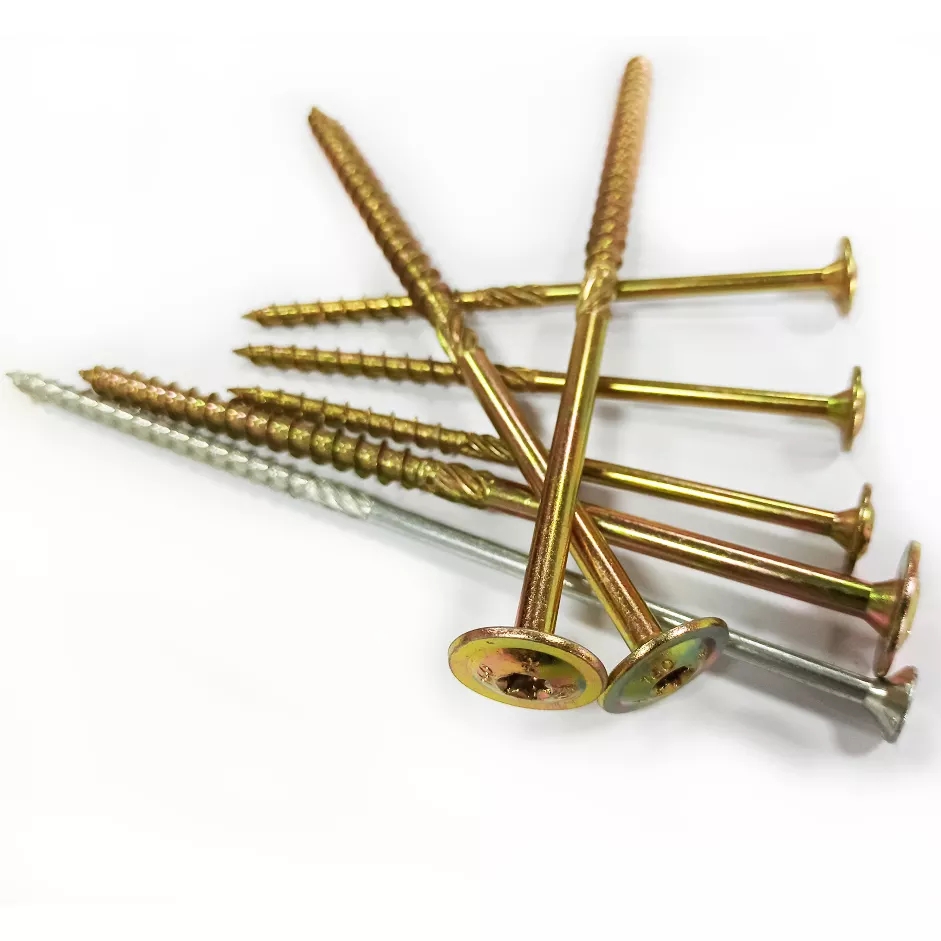- Time:2023/07/05 Posted:Dongguan prospect hardware accessories co.,ltd
When it comes to fastening materials together, screws are an essential tool. However, not all screws are created equal. Some screws are designed to create their own threads as they are inserted into a material, and these are known as self-tapping screws. In this article, we will delve into the world of self-tapping screws and discuss how you can easily identify them. So, let's get started!

1. Visual Inspection
The easiest way to identify a self-tapping screw is through a visual inspection. Self-tapping screws have a unique design with sharp threads that wrap around the entire length of the screw. These threads are specially designed to cut into the material when the screw is driven in, creating new threads and allowing it to secure tightly.
2. Check for a Pointed Tip
Another clear indication of a self-tapping screw is its pointed tip. Unlike regular screws that have a flat, blunt end, self-tapping screws have a sharp tip that helps initiate the threading process. This pointed tip allows the screw to pierce through the material easily and start forming its own threads.
3. Look for Wide Threads
Self-tapping screws typically have wider threads compared to traditional screws. The wider threads serve two purposes: they provide a more substantial grip and help in cutting through the material more effectively. By observing the threads closely, you can easily differentiate self-tapping screws from regular screws.

4. Check the Screw Head
The head of a self-tapping screw is often designed to facilitate easy installation. Popular types of self-tapping screw heads include Phillips, hex, or Torx. The specific head design will depend on the application and the type of tool required for installation. Ensuring the correct screw head is essential for a secure and efficient fastening process.
5. Consider the Material
Lastly, considering the material you are working with can help you identify if a screw needs to be self-tapping. Self-tapping screws are commonly used in softer materials such as wood, plastic, or sheet metal, where the threads can create their own path. In harder materials, a pilot hole may be required for the self-tapping screw to function properly.
In conclusion, self-tapping screws are a convenient and versatile option when it comes to fastening materials. By visually inspecting the screw, checking for a pointed tip, looking for wide threads, examining the screw head, and considering the material, you can easily identify if a screw is self-tapping. So next time you need to choose the right screw for your project, you will have no trouble distinguishing a self-tapping screw from the rest!
